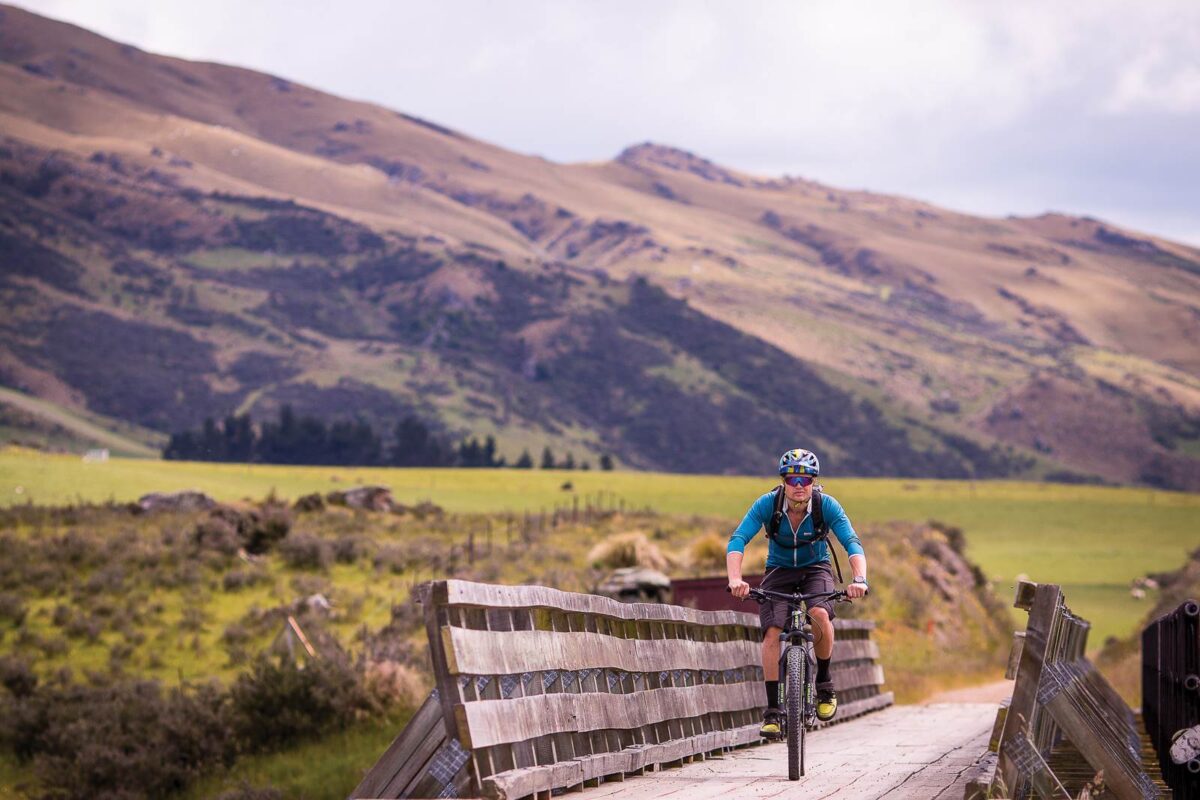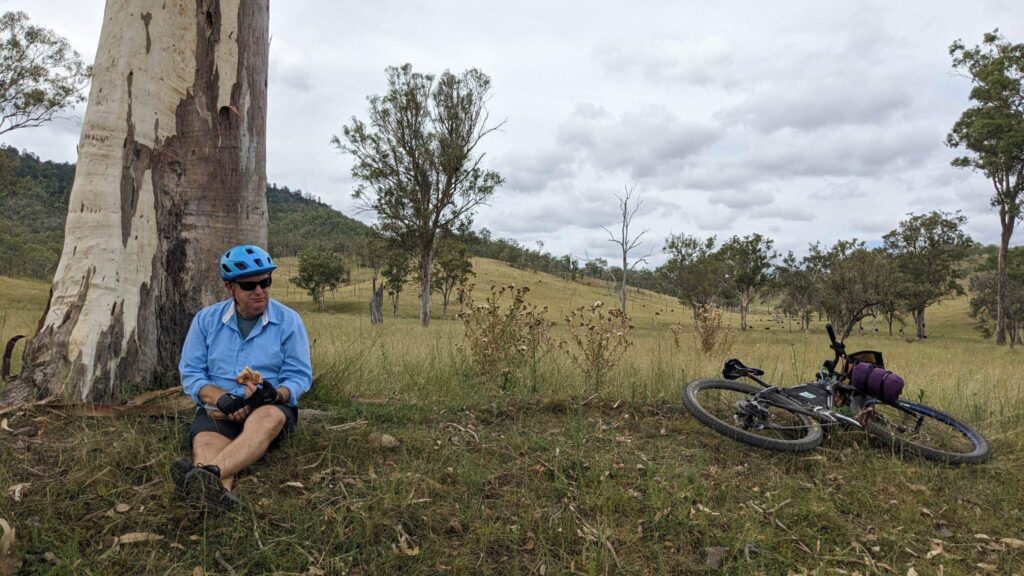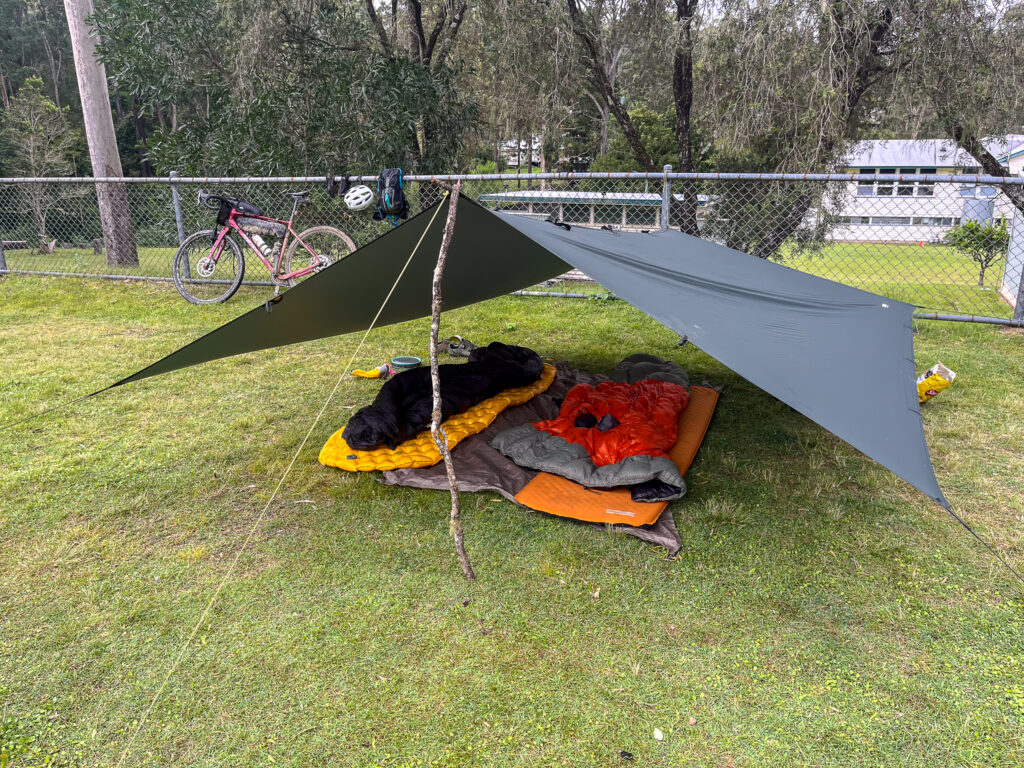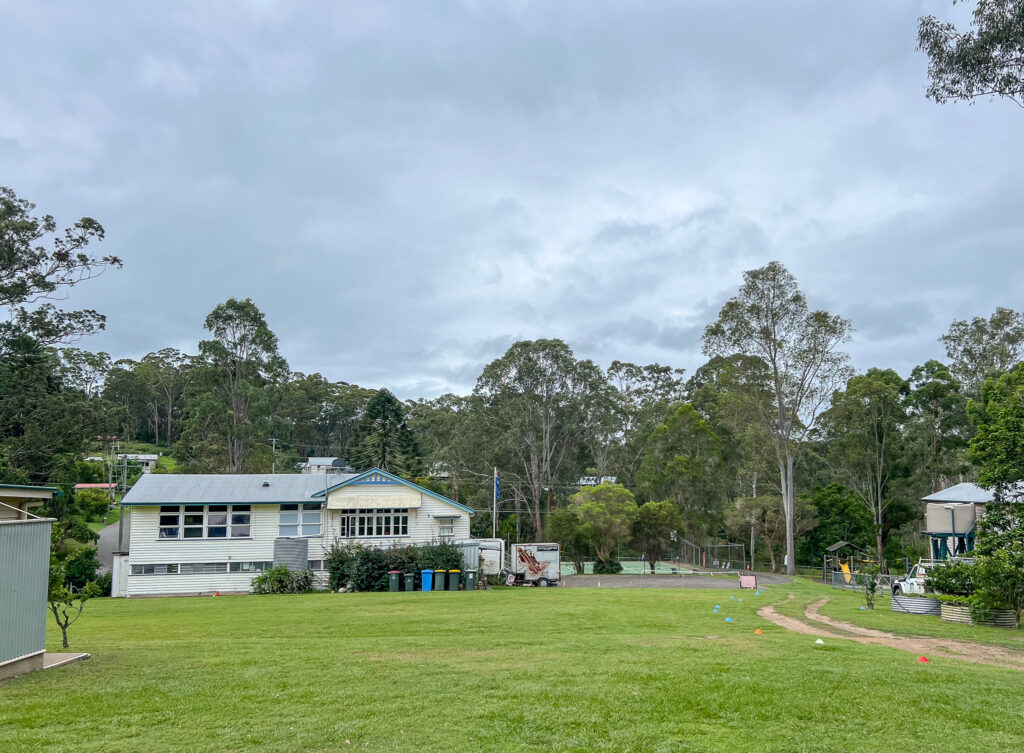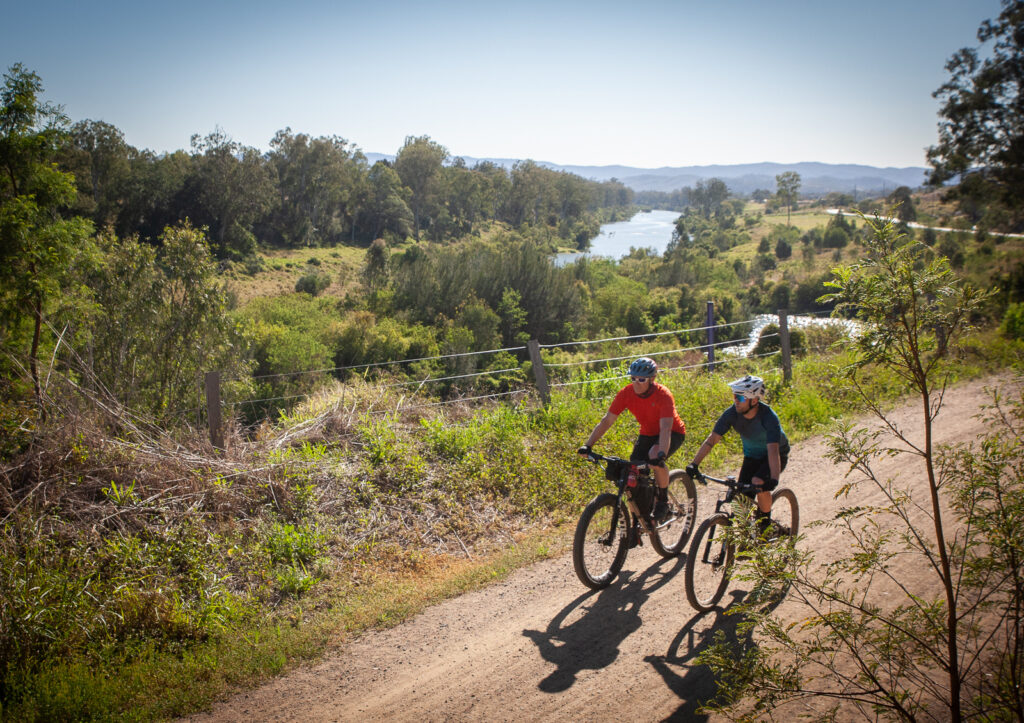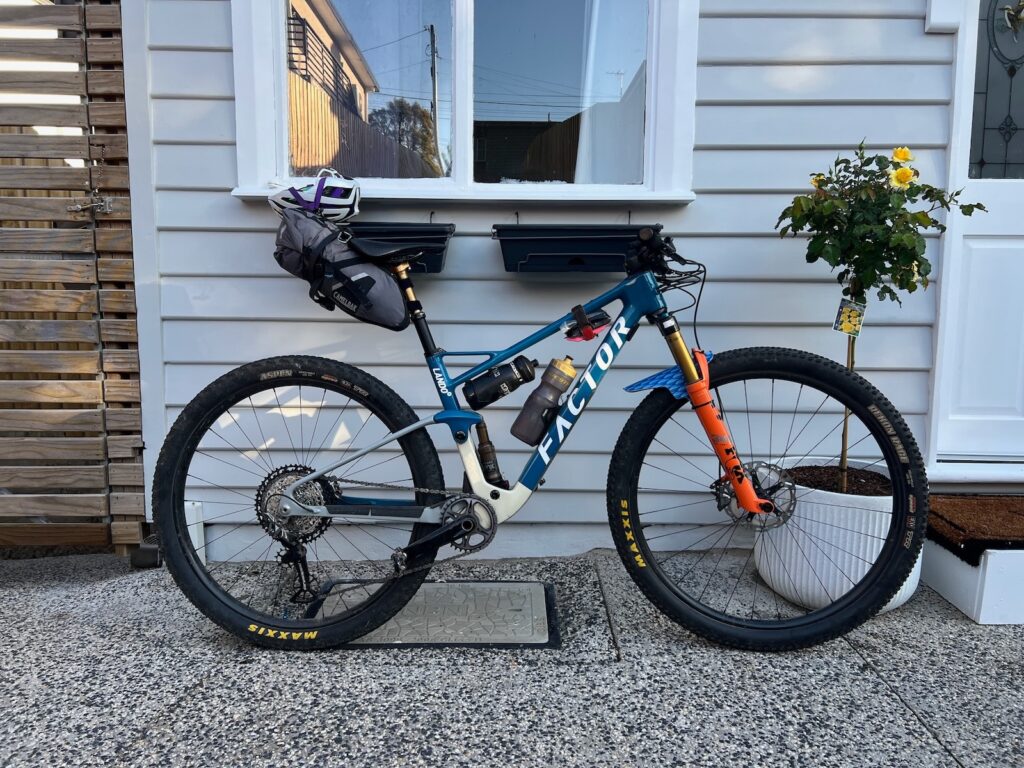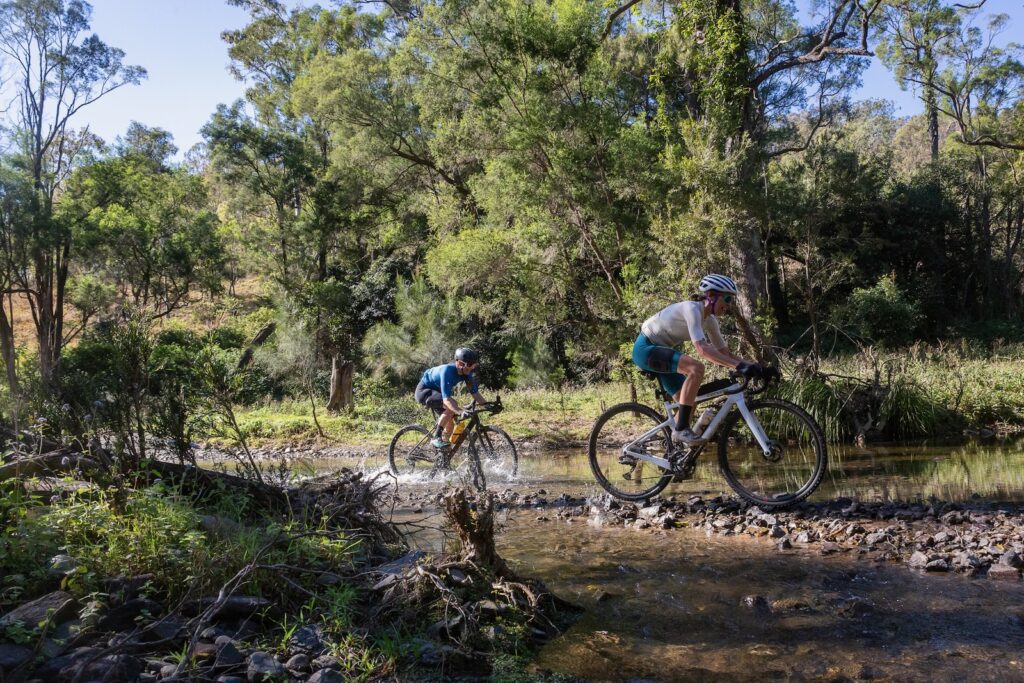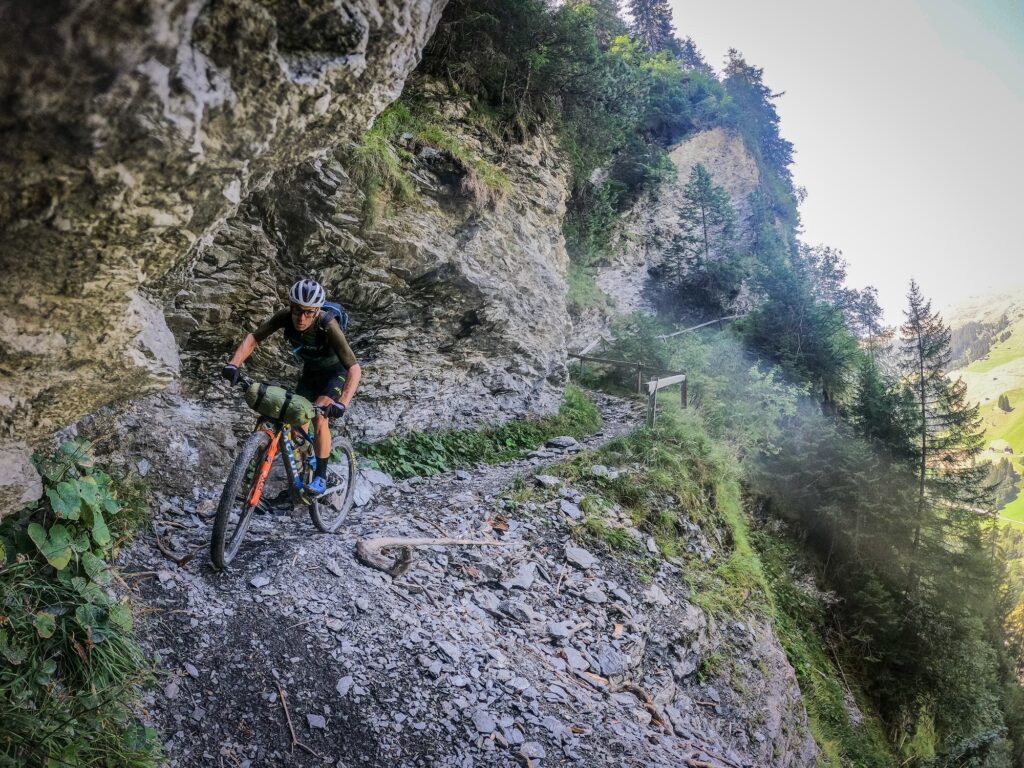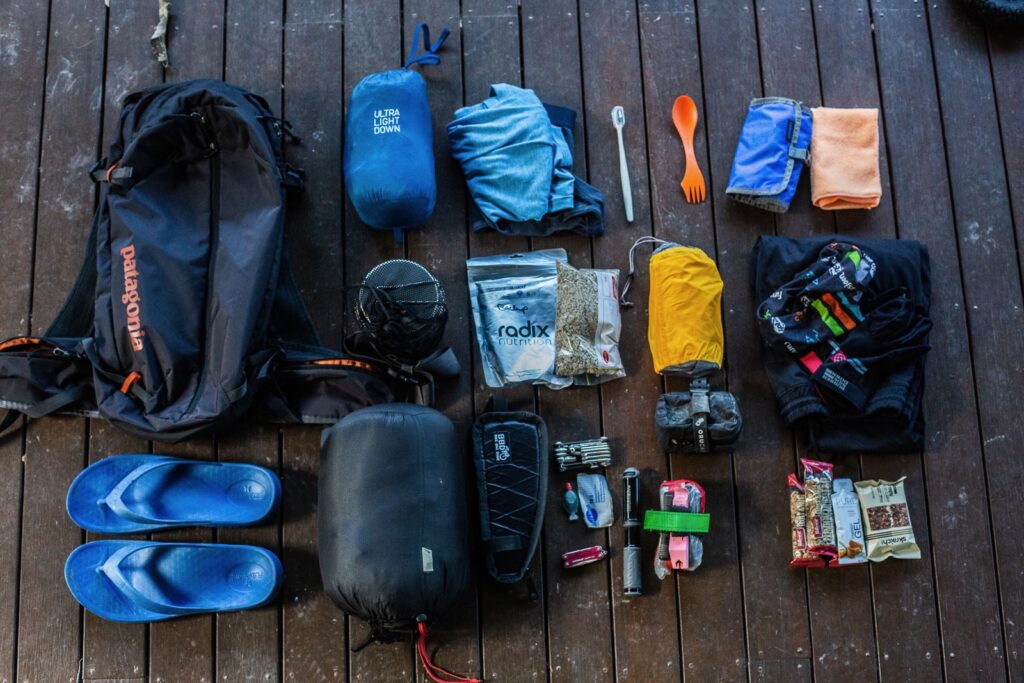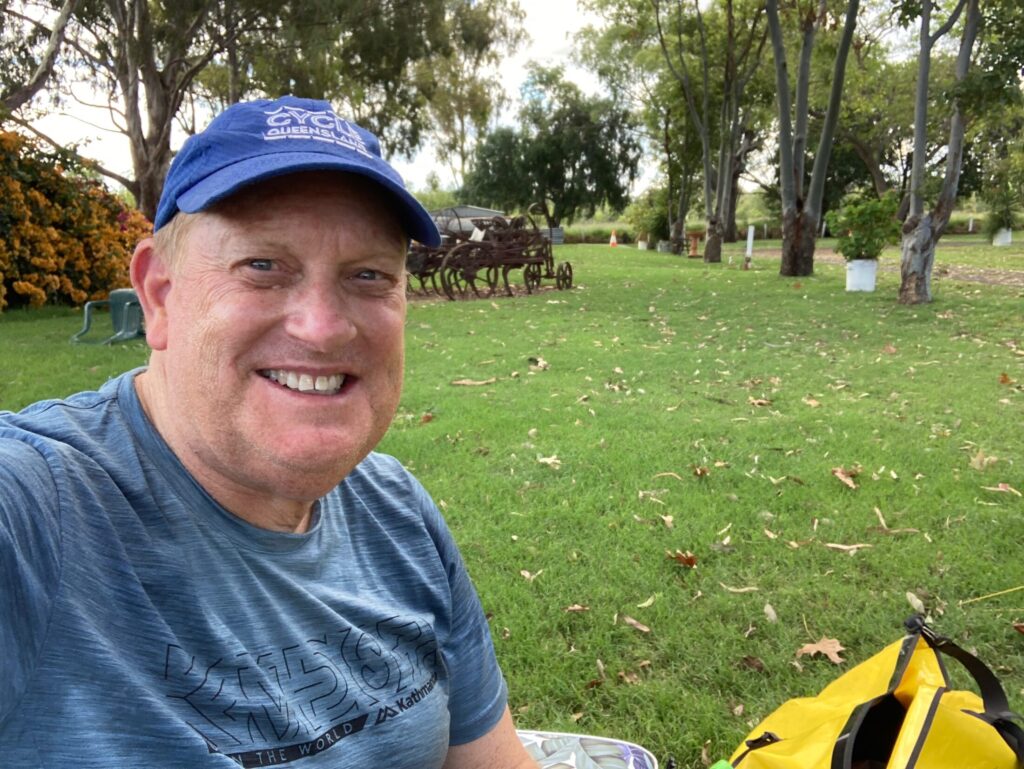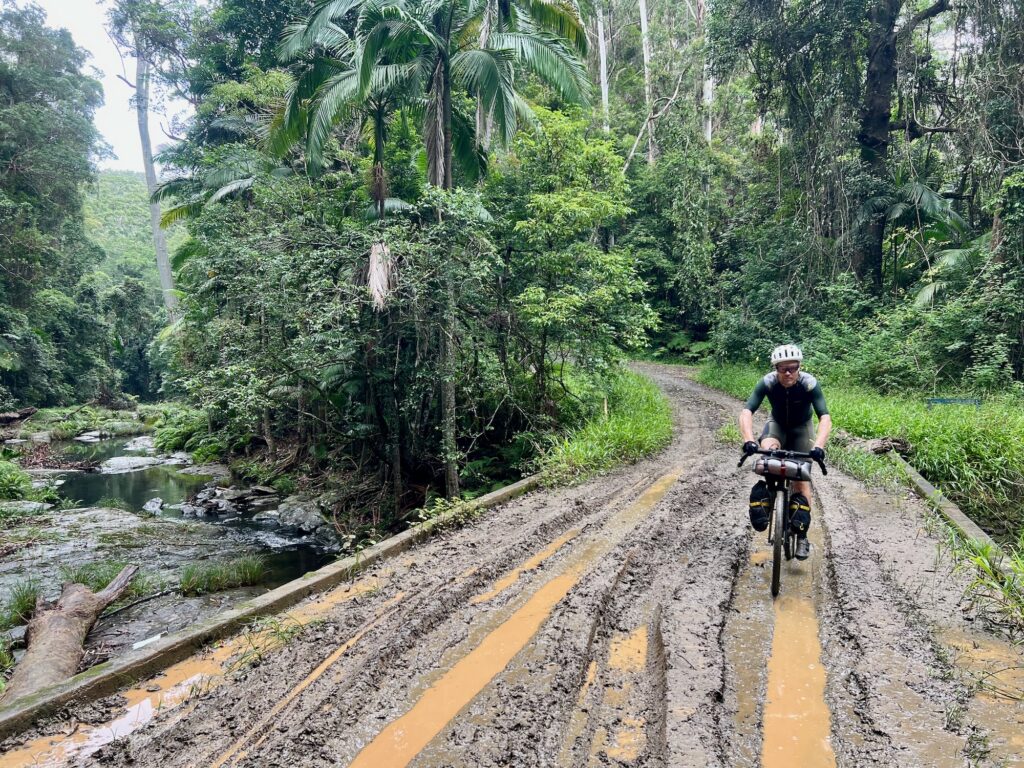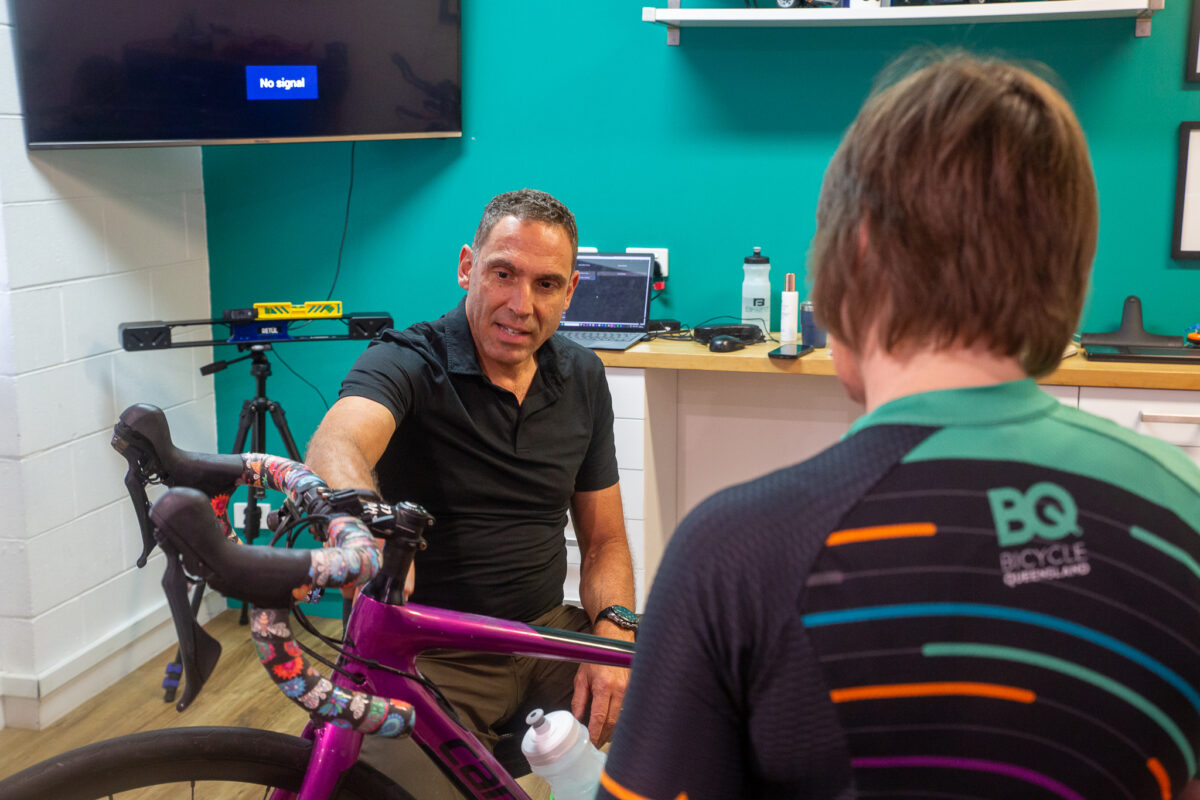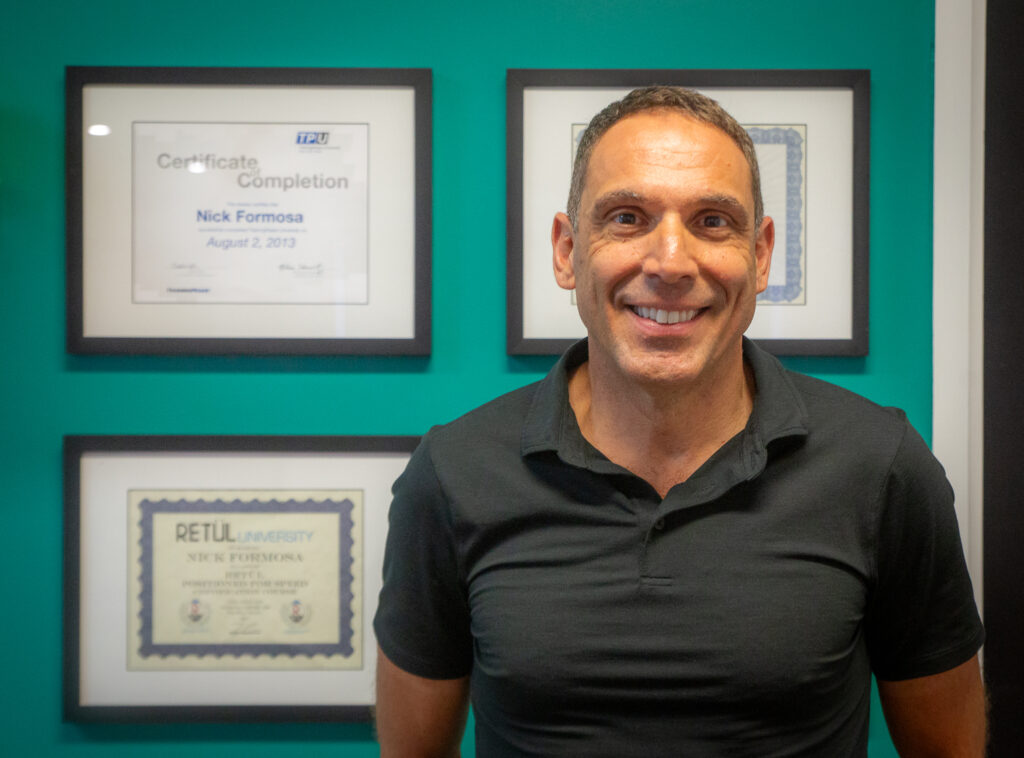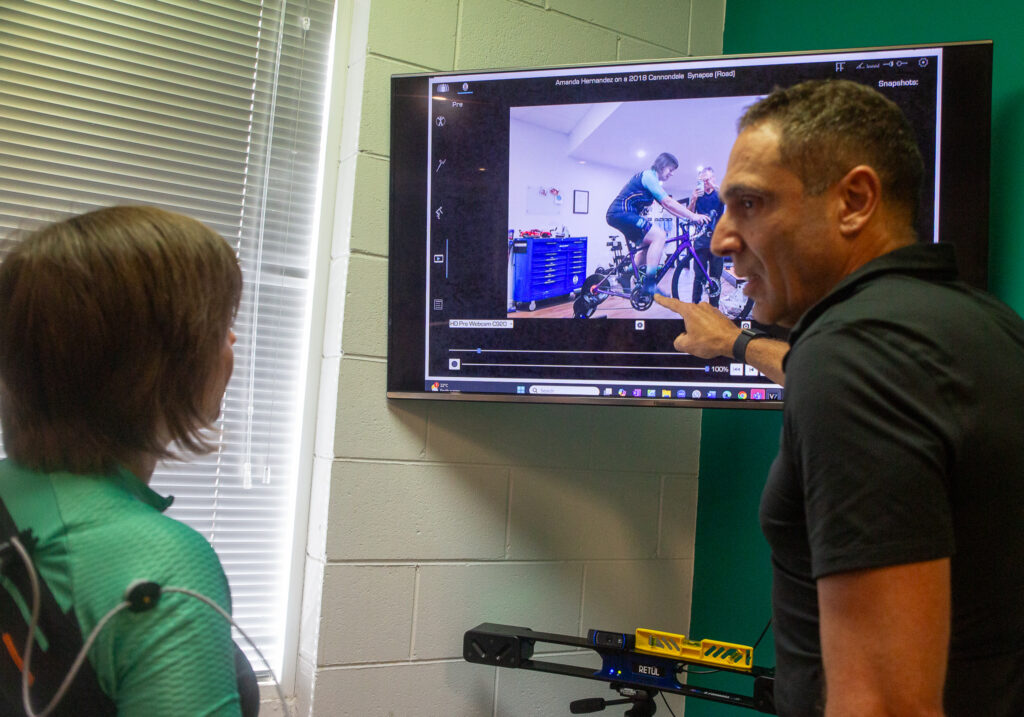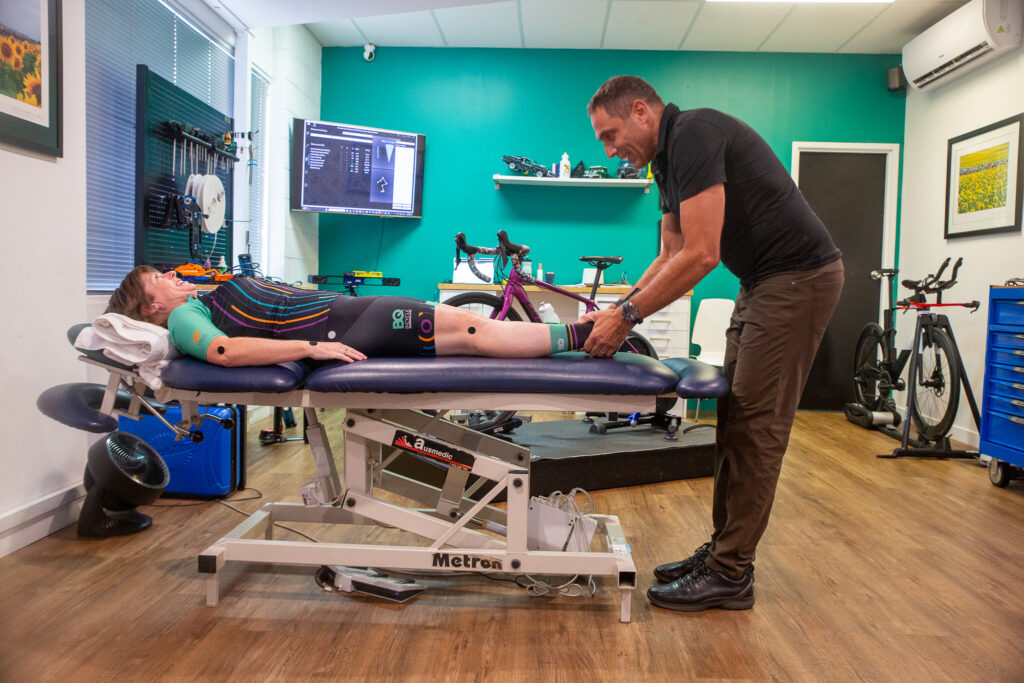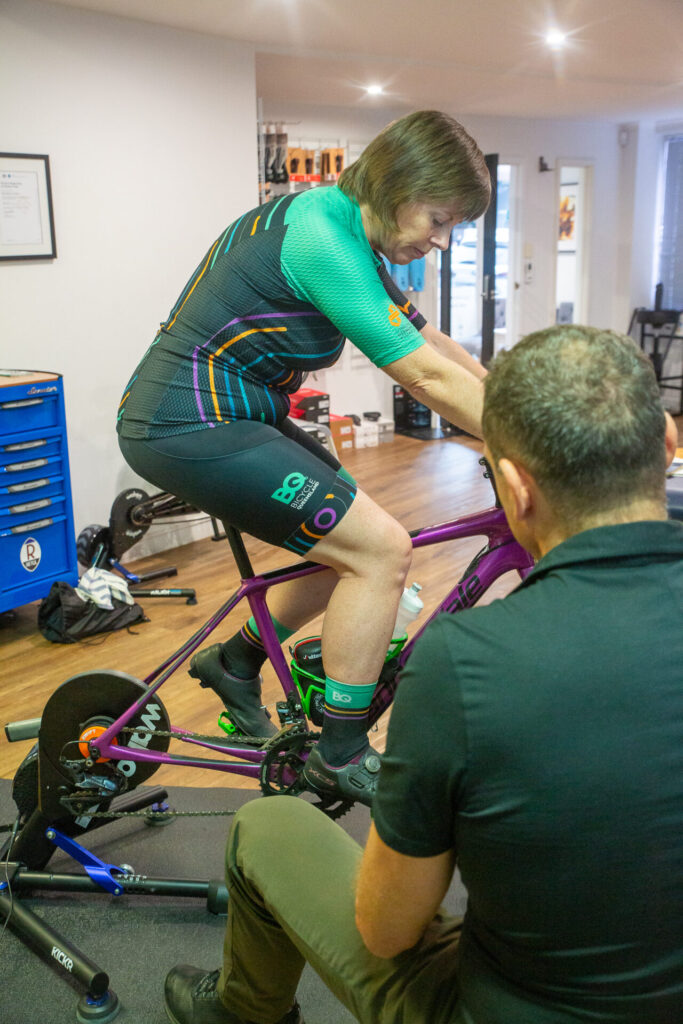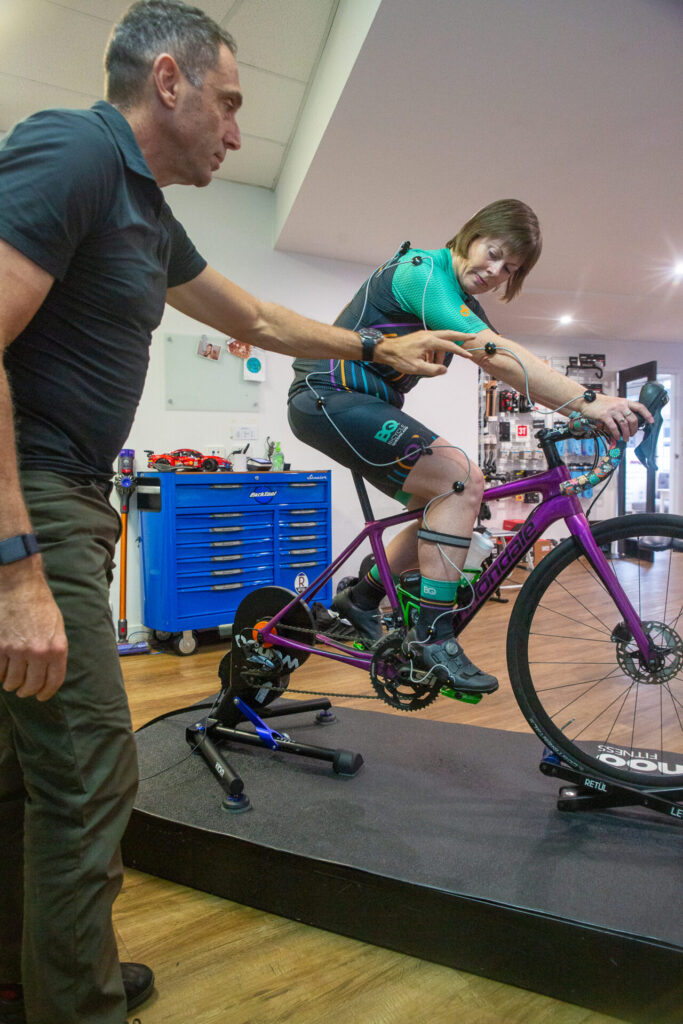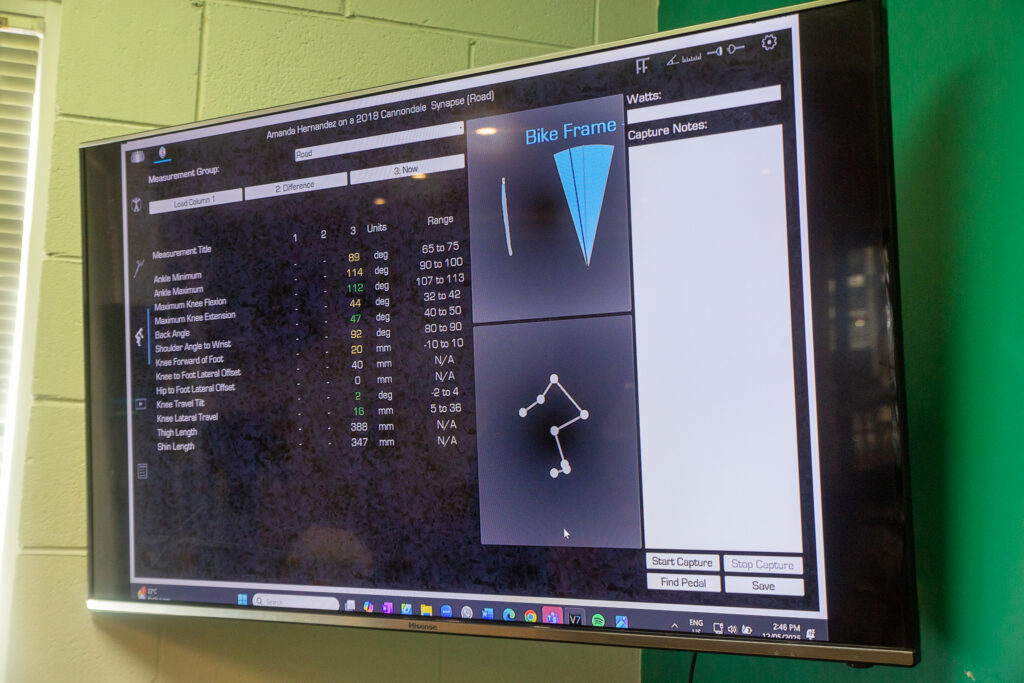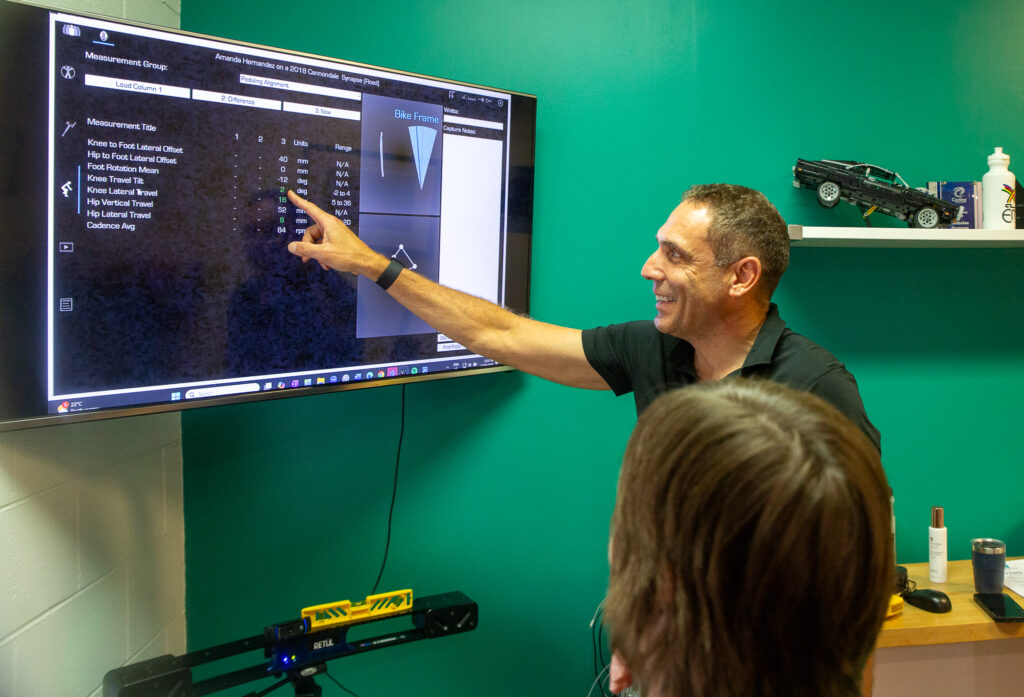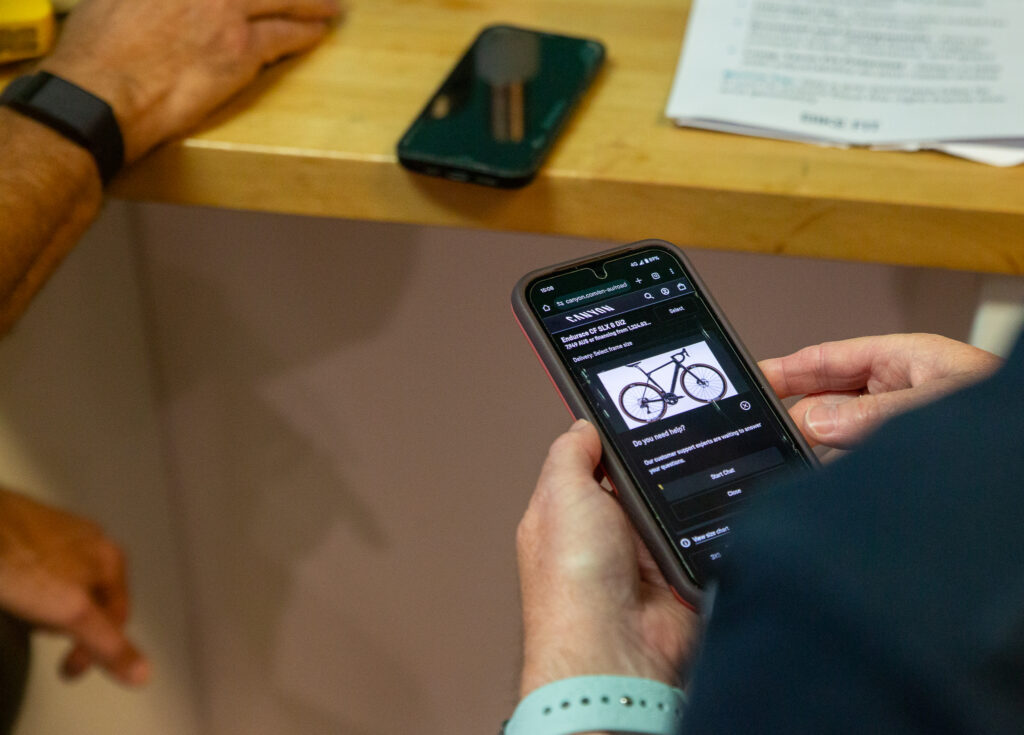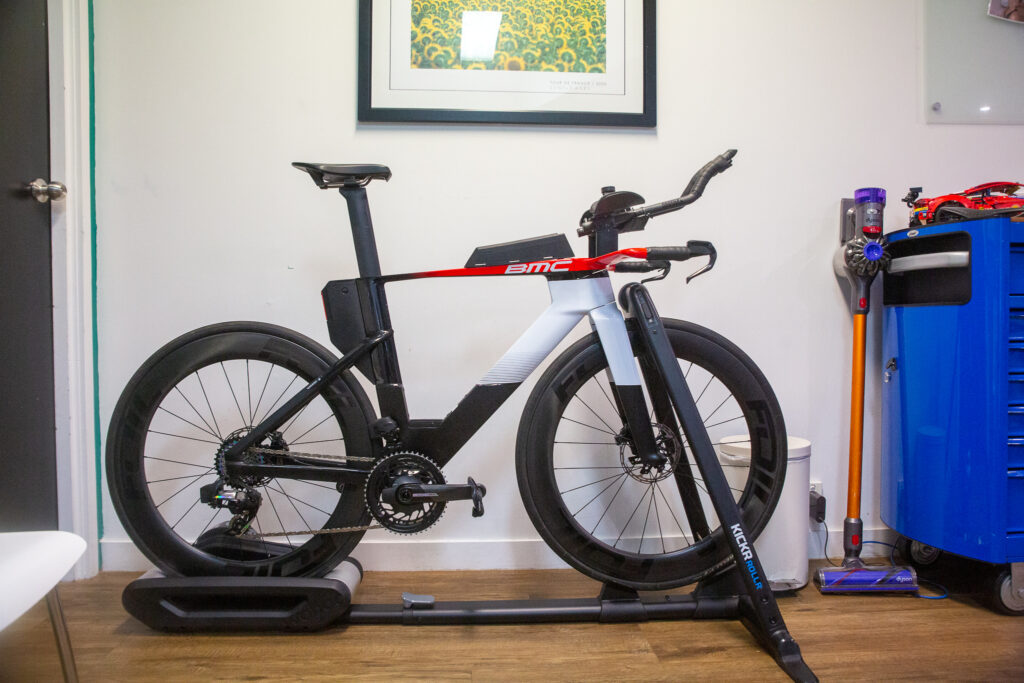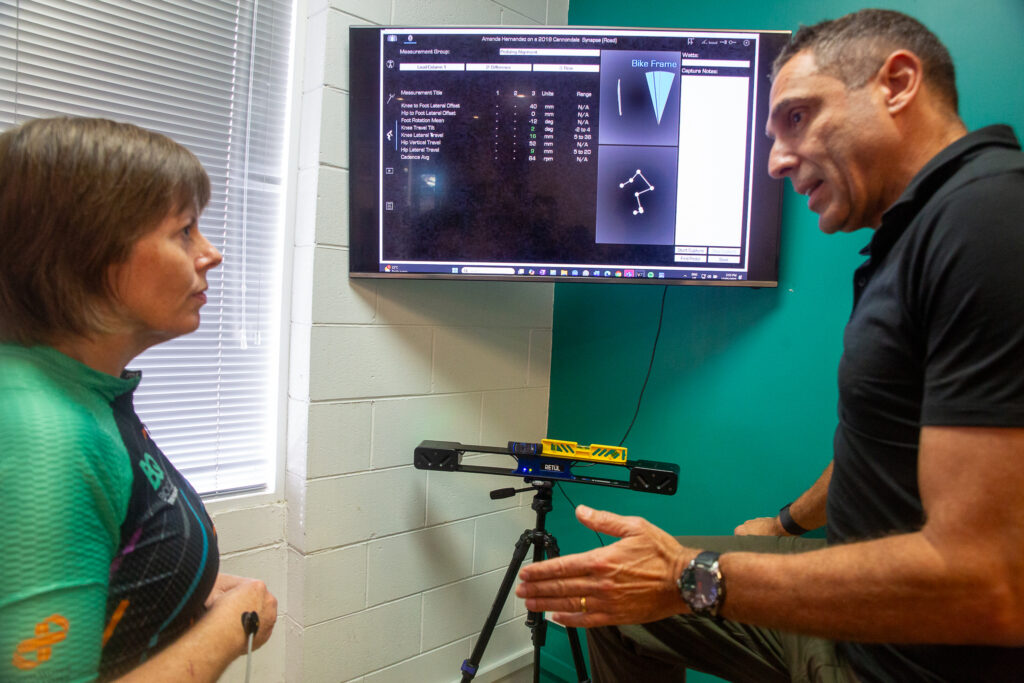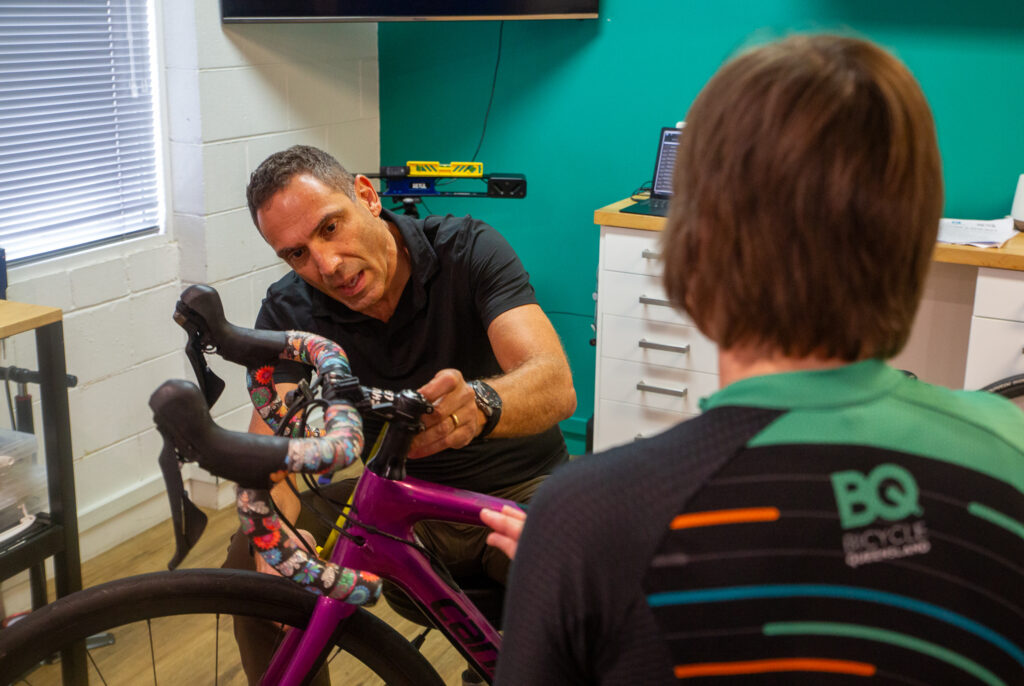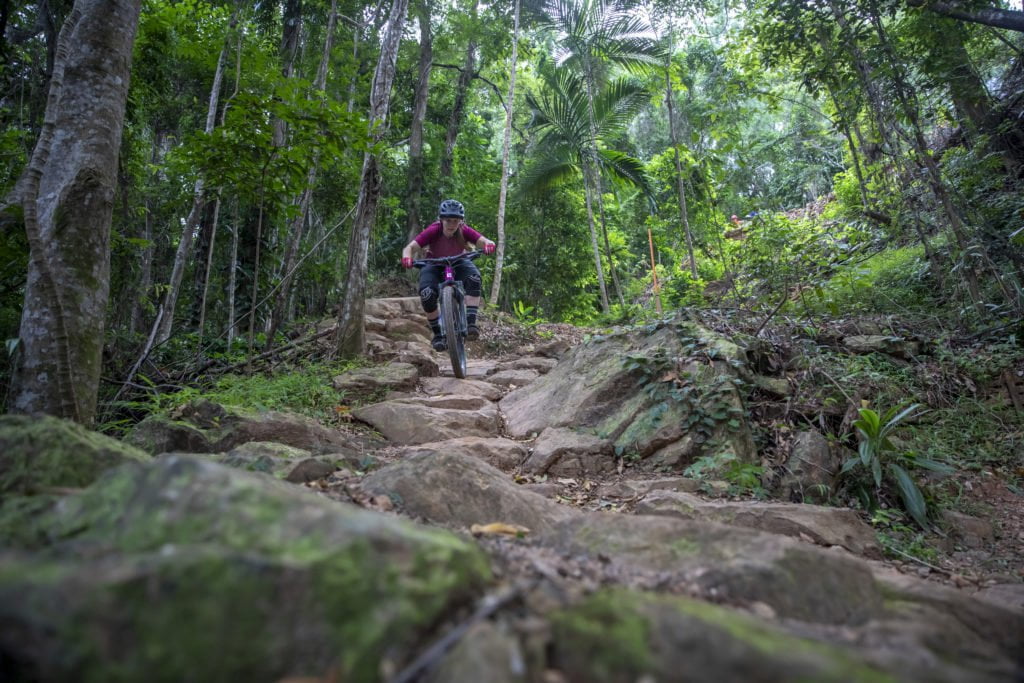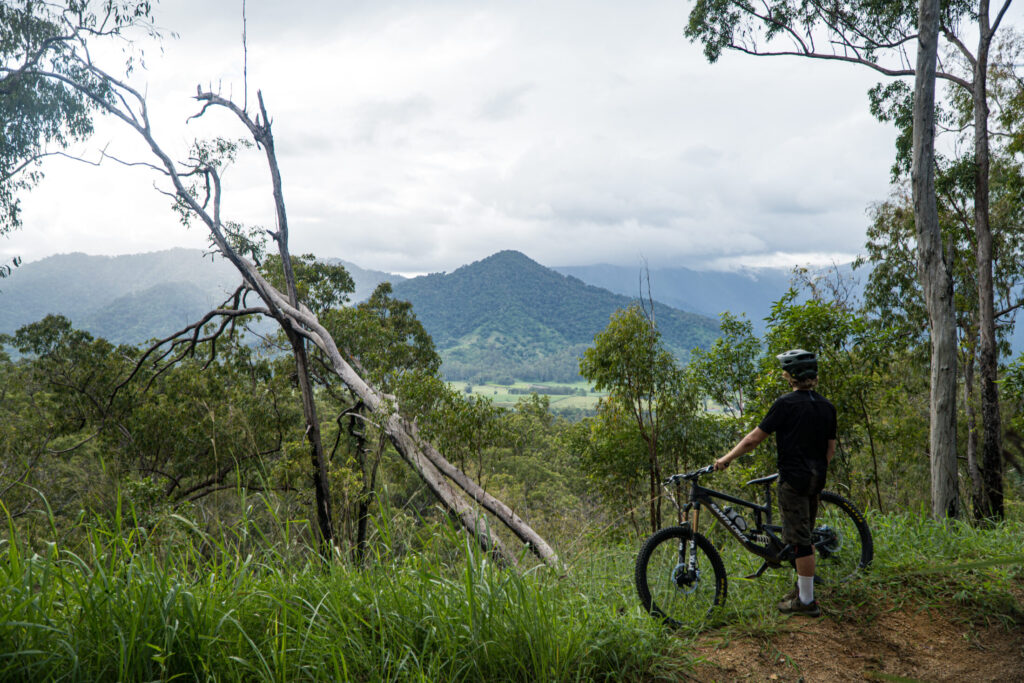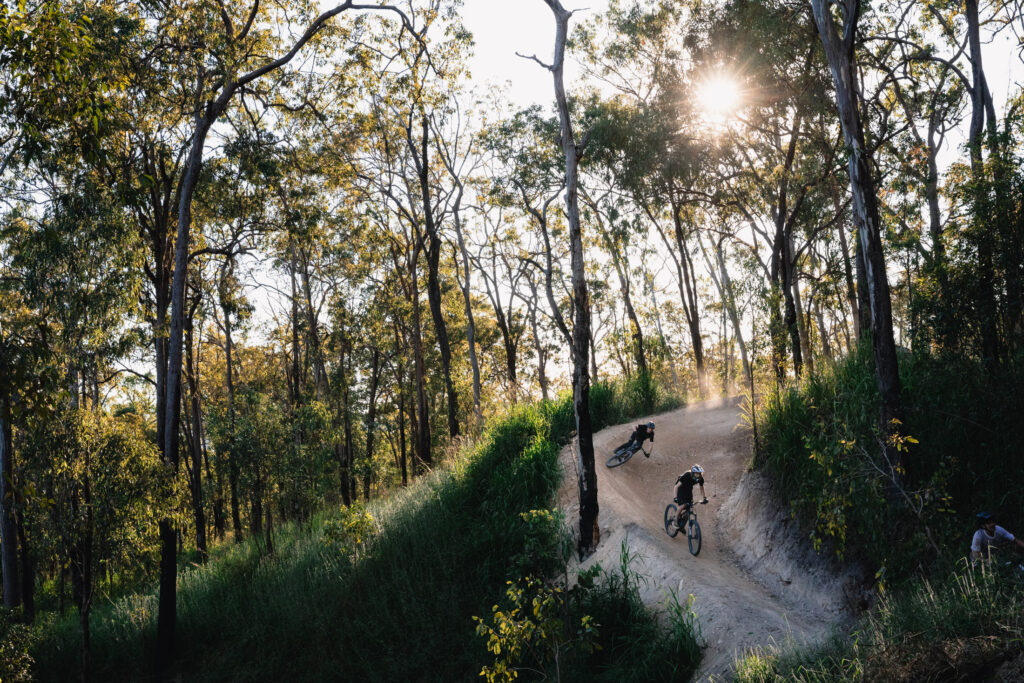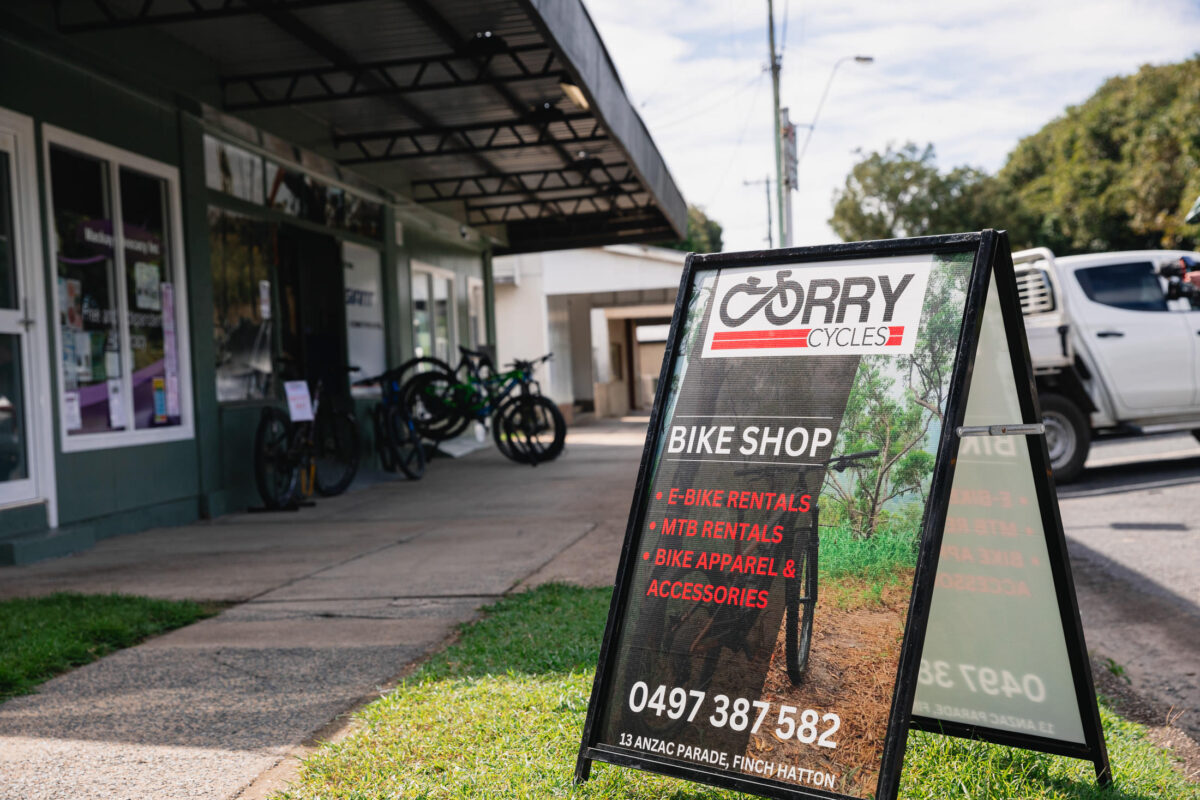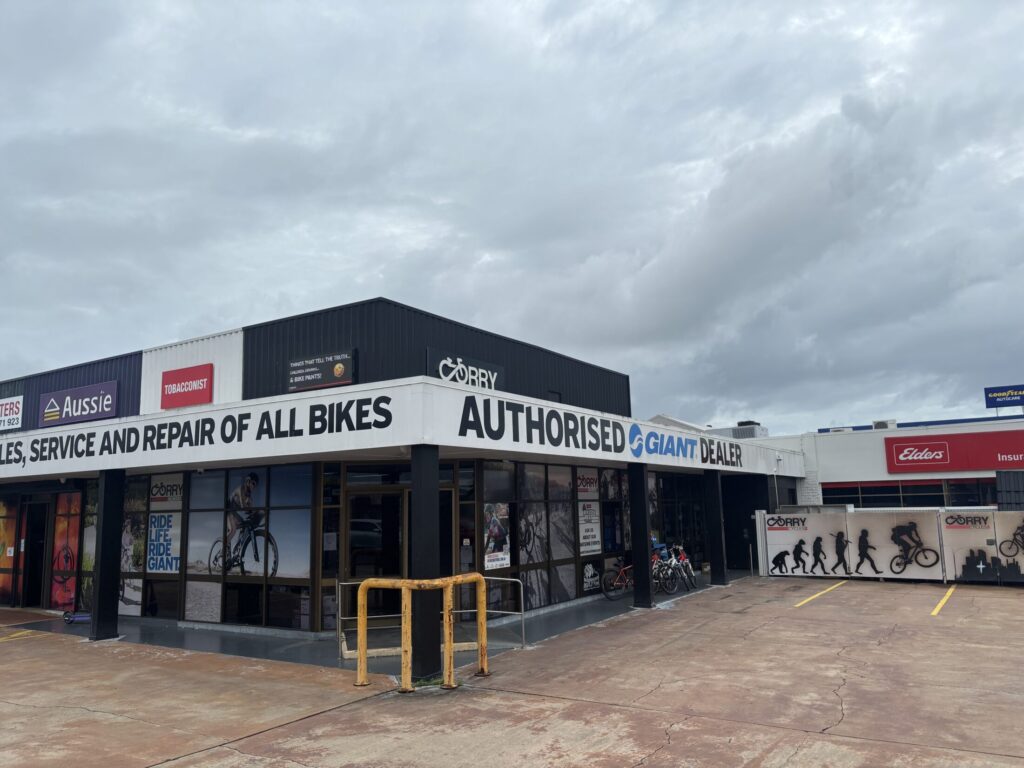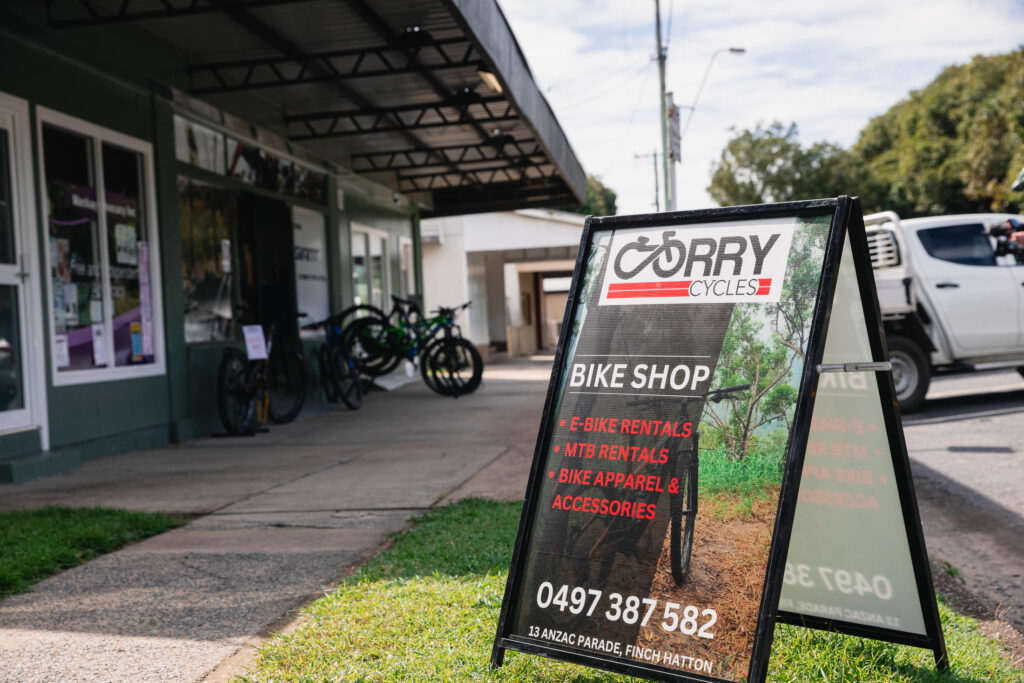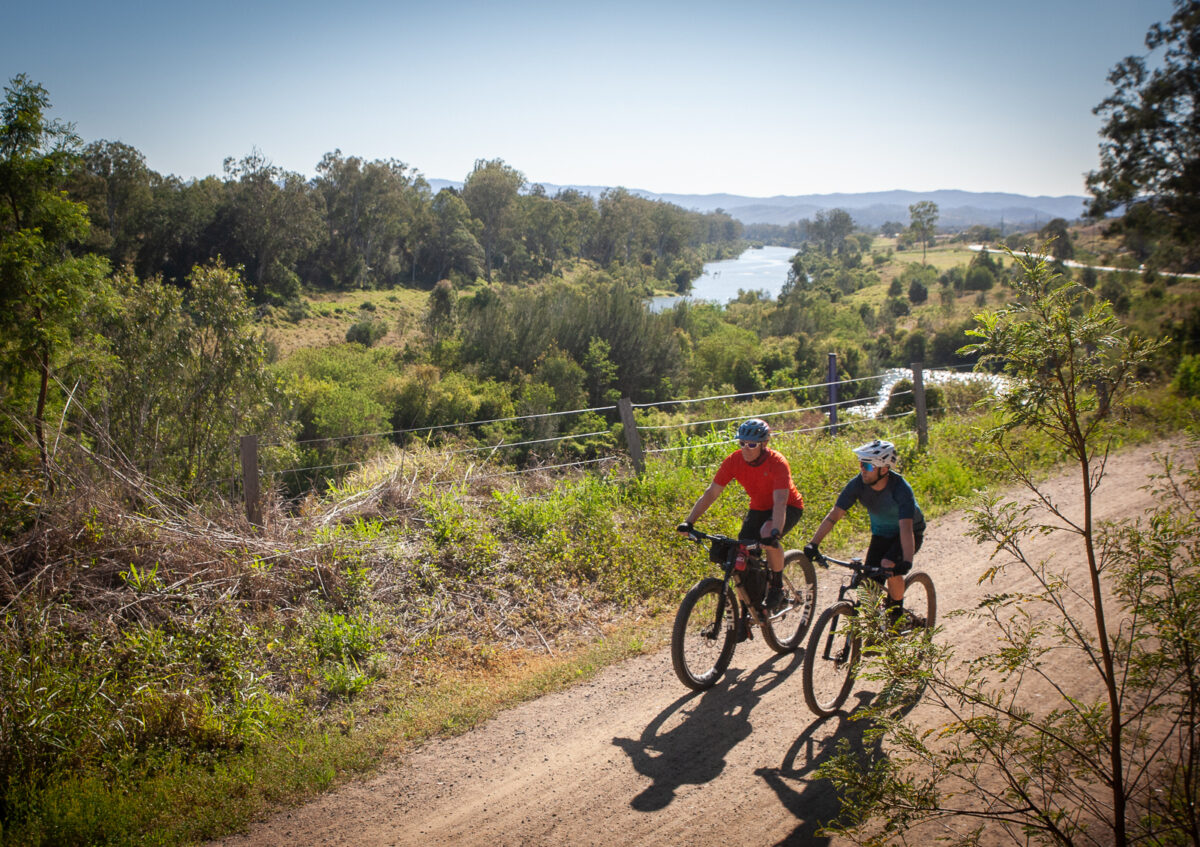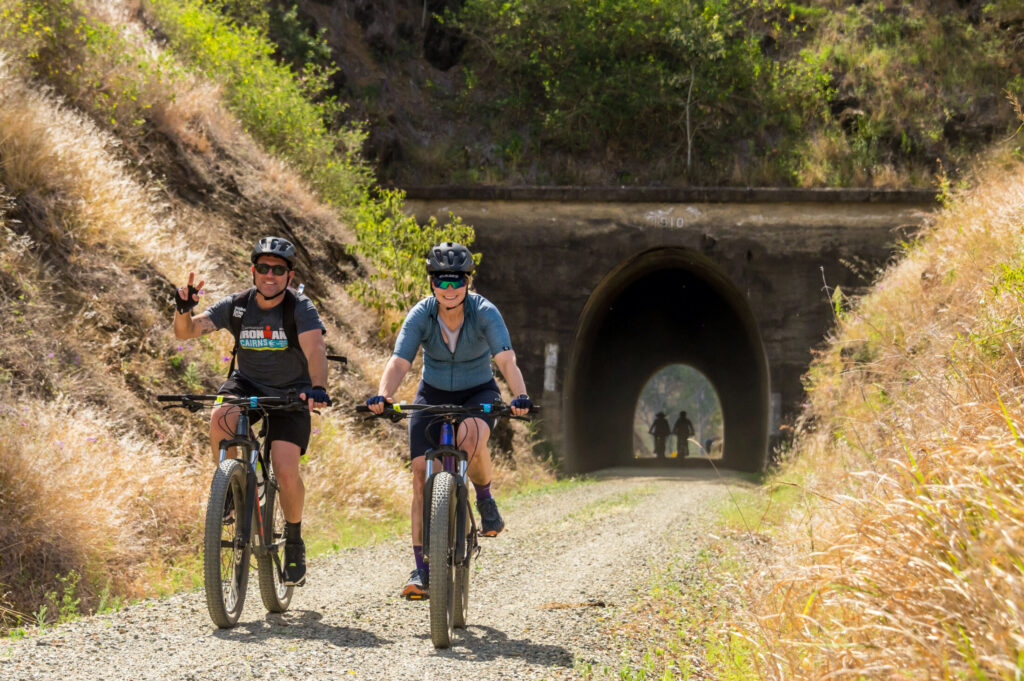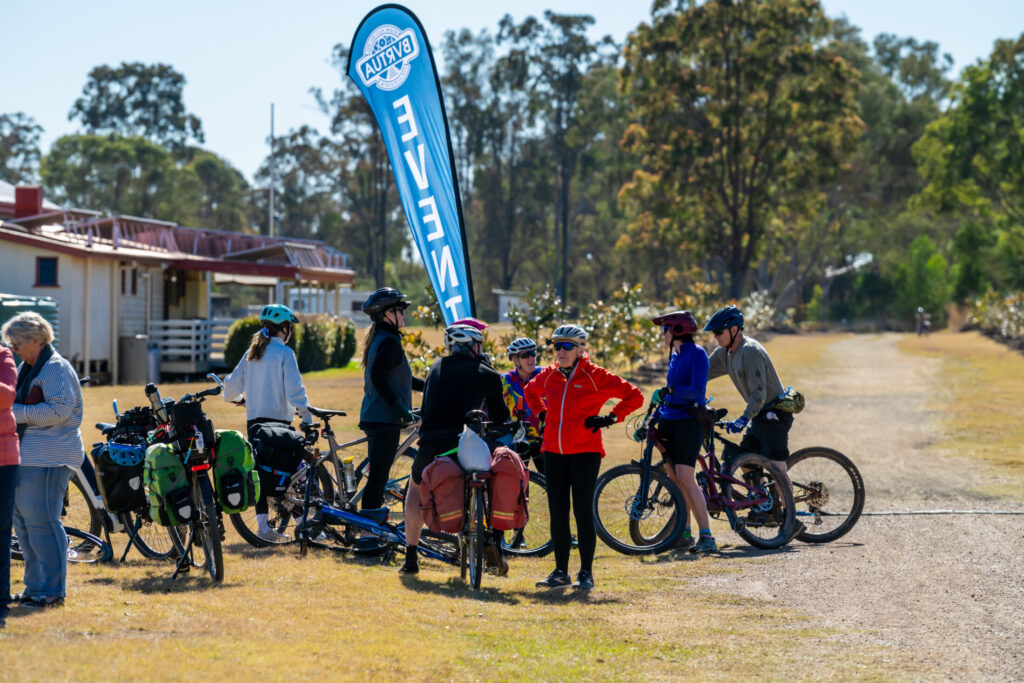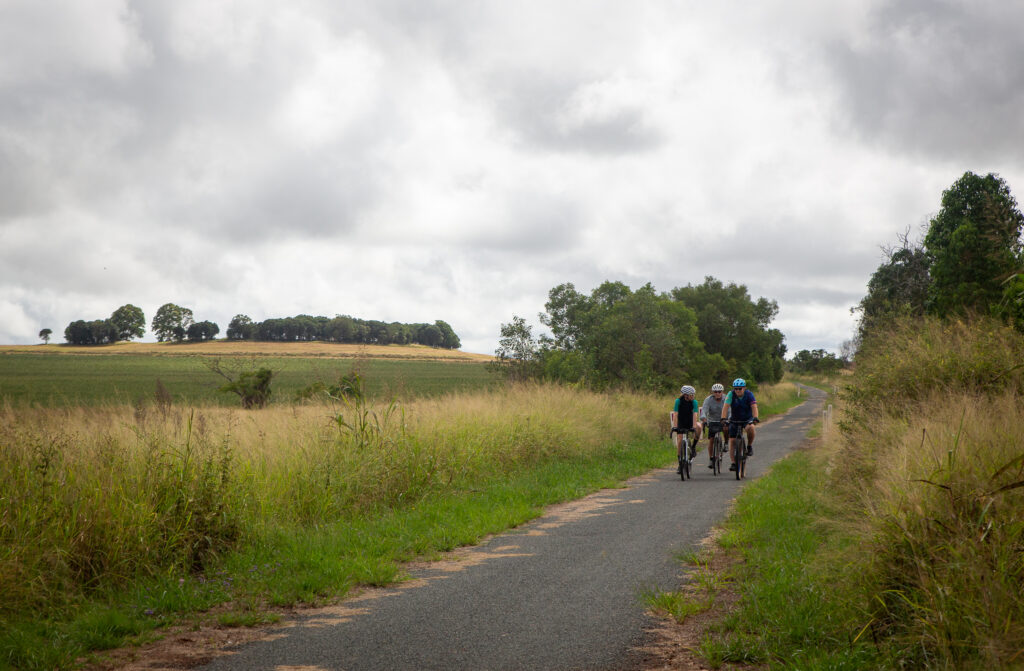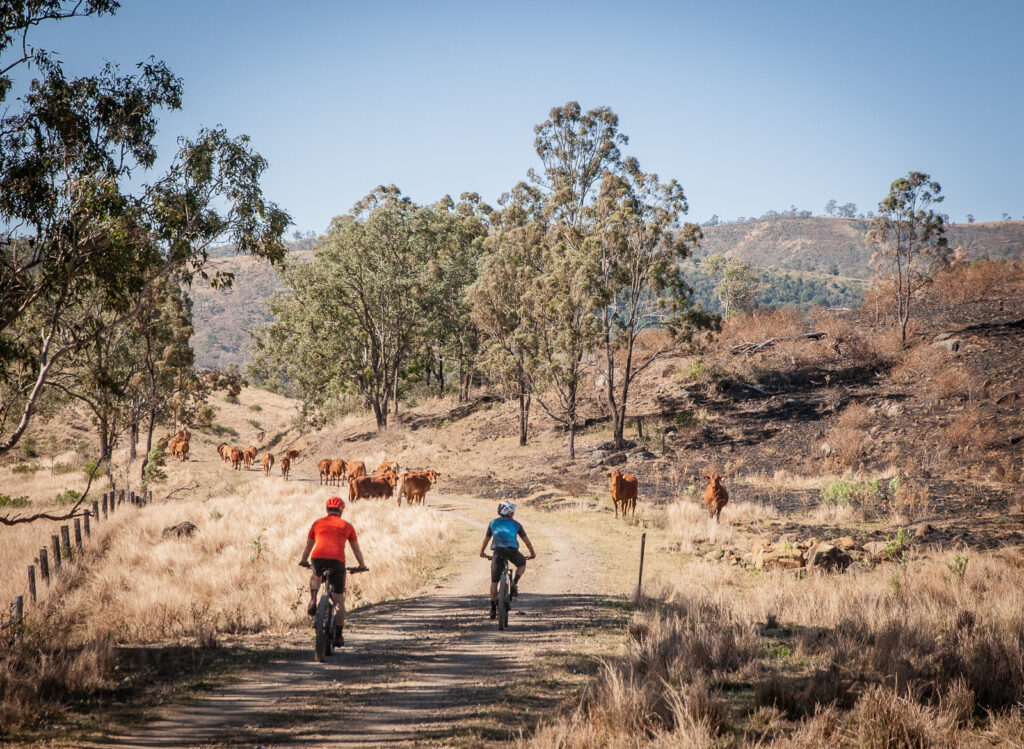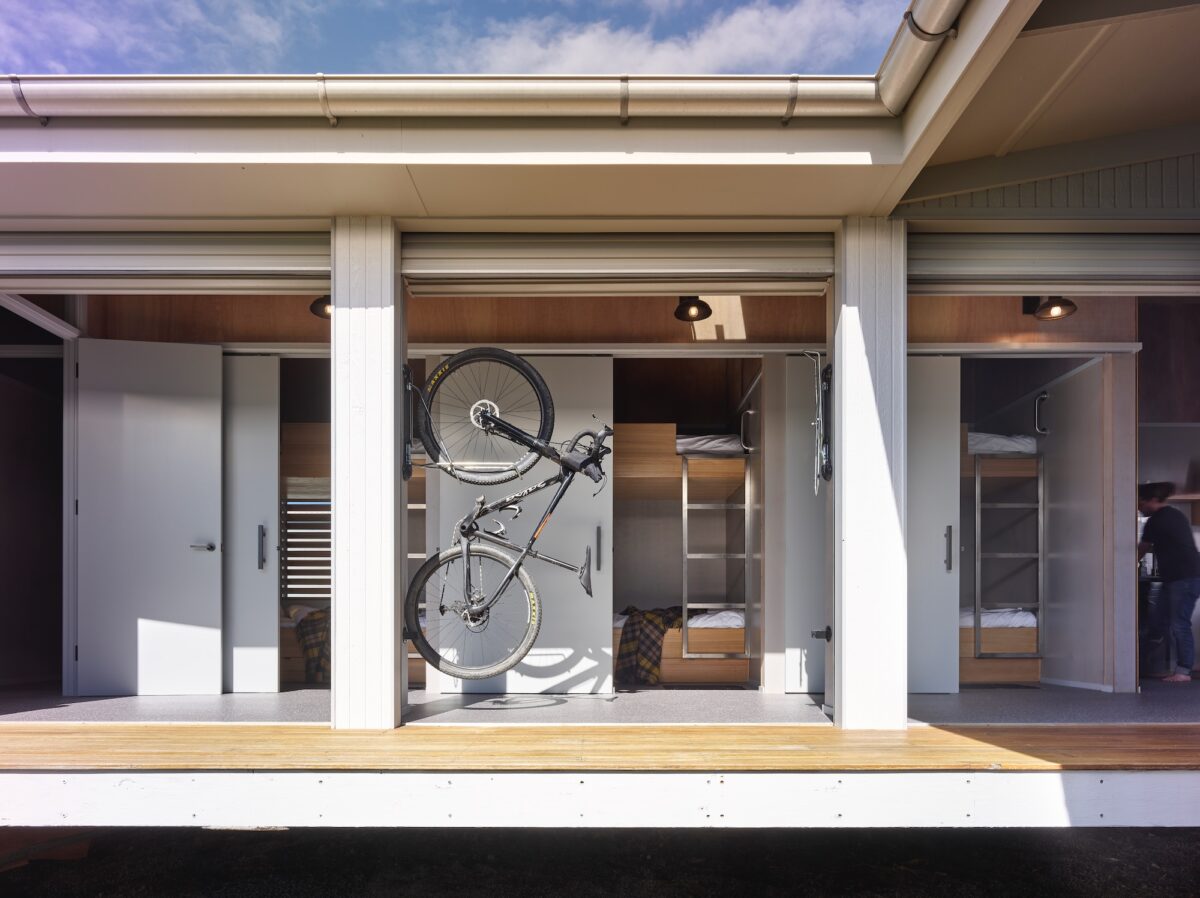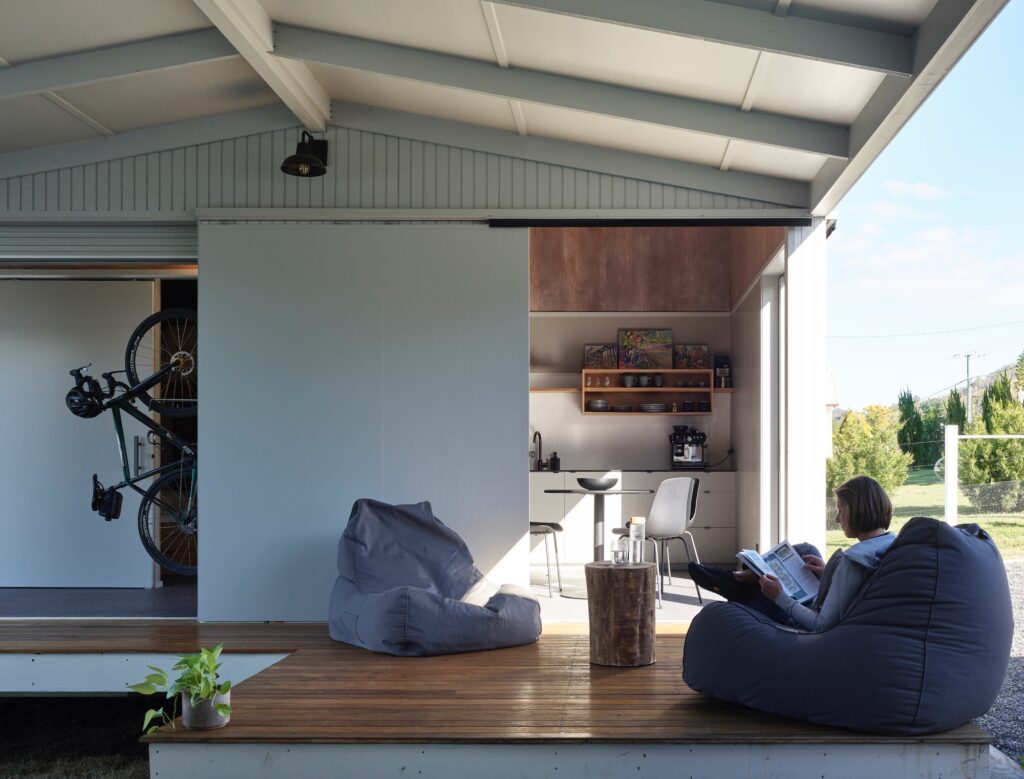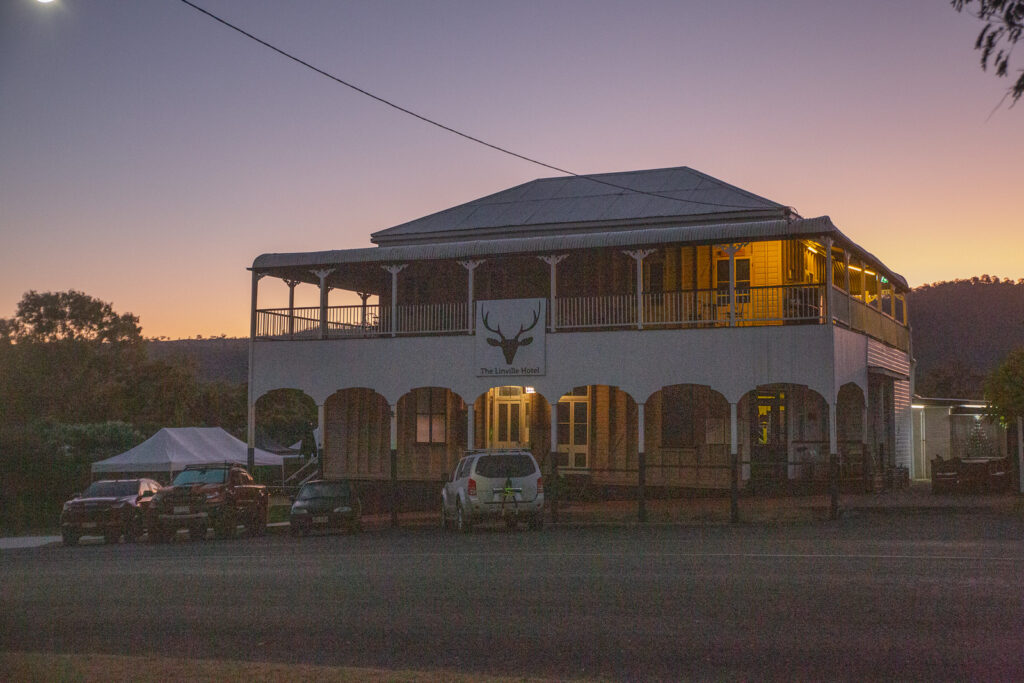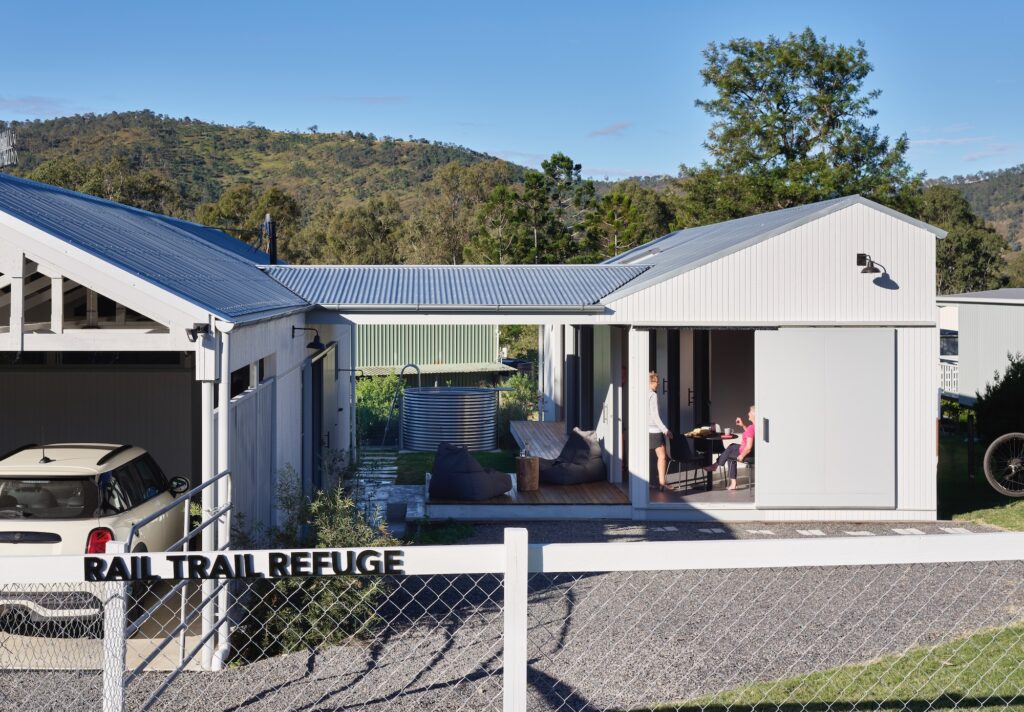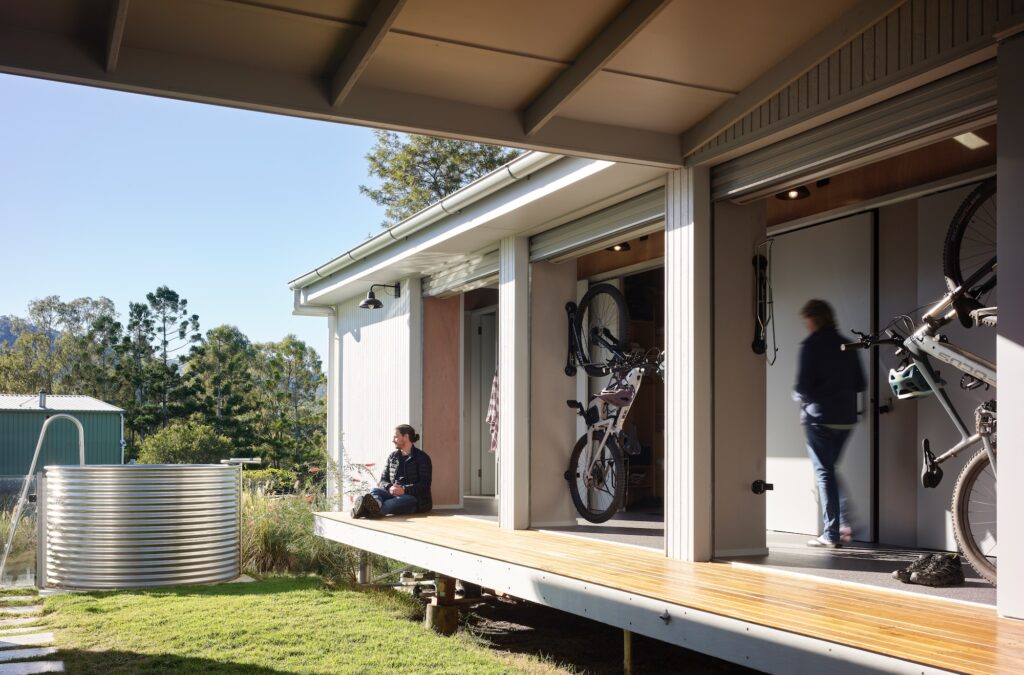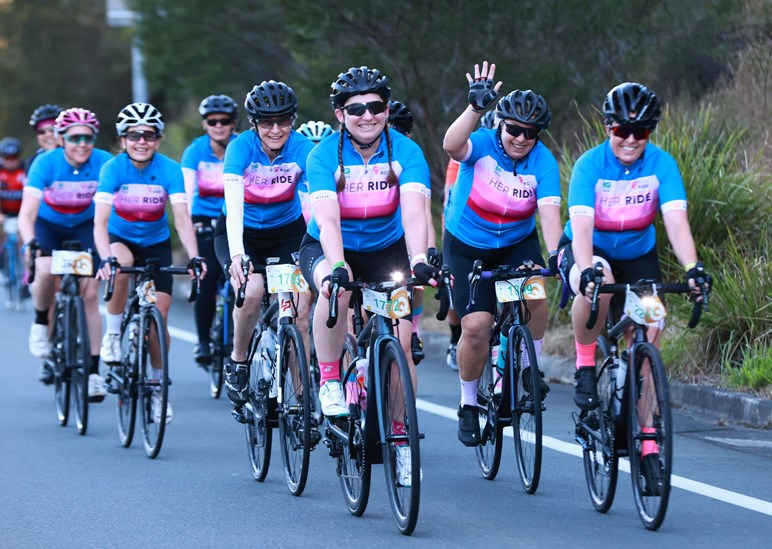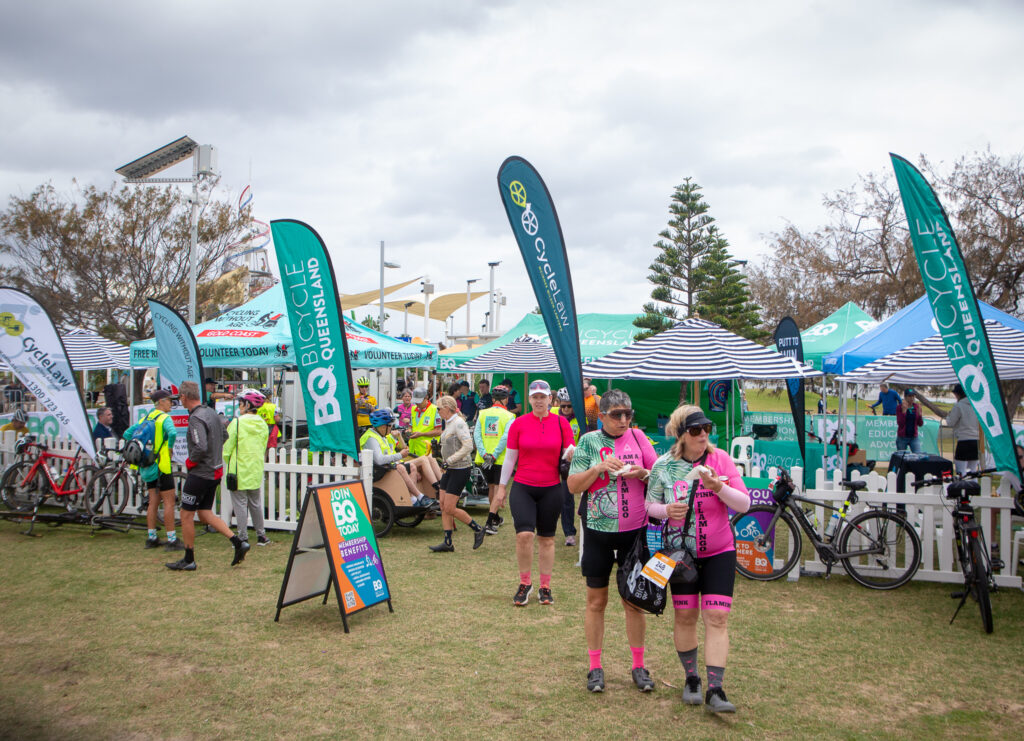Matt Nauthe is a bike rider based in Brisbane, who joined Bicycle Queensland quite recently in 2024 – but riding bikes is not something new to him.
‘I started riding because I needed a mode of transport. I grew up in the Blue Mountains in New South Wales. So using a bike gave me freedom to get around when I was about 12. It let me get out into the bush to ride with friends – and riding progressed from there.’
Matt ended up spending time riding and racing as well, from cross-country through to downhill, while also spending some time working in the bike industry. Now, bikes are a means for transport and enjoyment – plus some adventures as well.
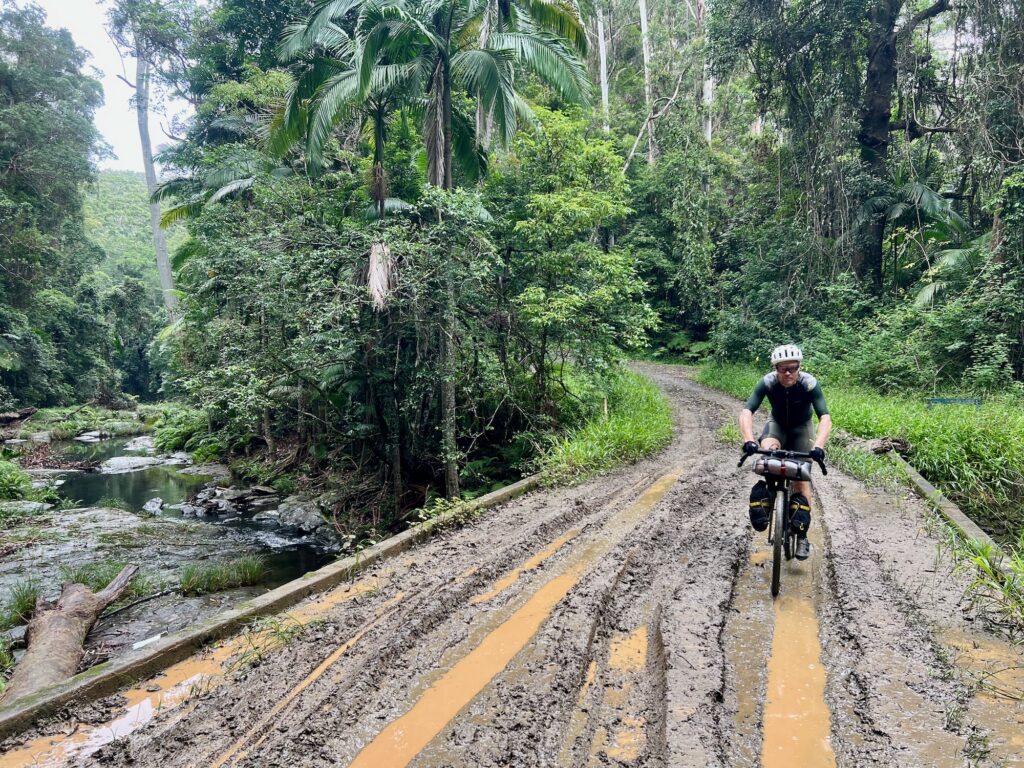
‘Bikes have come and gone a bit over the years for me. I guess adventure is the biggest thing for me. I’ve done quite a bit of cycle touring, and that has taken me all around Tasmania.’
‘Living near Brisbane, I do try to get out for a range of multi-day trips, there is so much great terrain to ride that is close by.’
Matt has also hopped across the ditch to New Zealand plenty of times, from riding trips in Central Otago, through to riding the Tour Aotearoa and next up – the Sound to Sound bikepacking route, which runs 1500km from Queen Charlotte Sound to Milford Sound.
‘I joined Bicycle Queensland primarily for the insurance that is included with membership. A friend of mine had a bad accident on his bike on the way to work, and I saw all of the expenses that incurred. It made me stop and think, and I realised that insurance via the BQ membership just made sense. It gives me a bit of reassurance that I’m covered.’
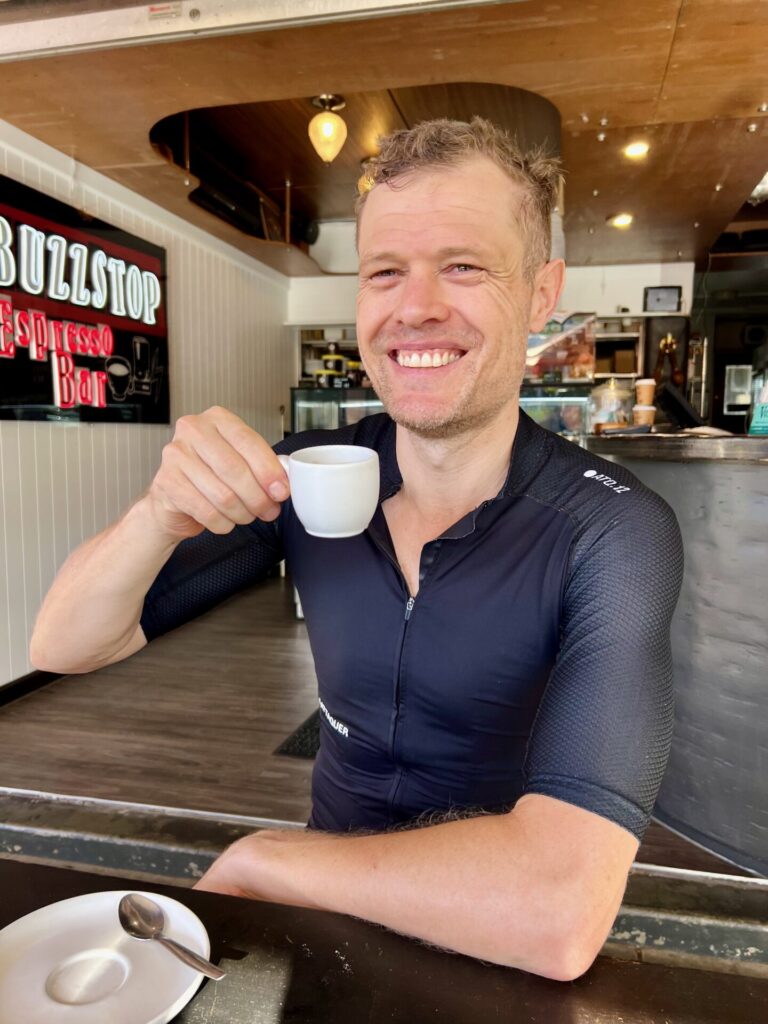
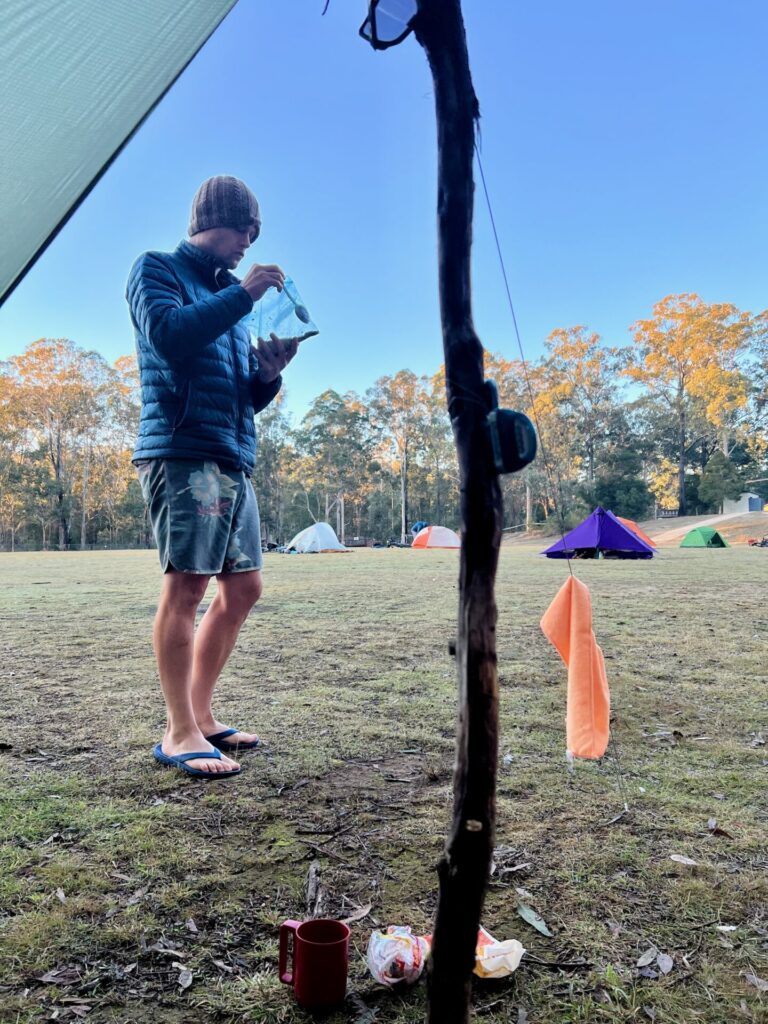
Given he rides a lot to and from his work near Brisbane City, Matt is also very much aware of the importance of the advocacy work that BQ does to promote safer riding and better riding infrastructure.
‘I went to one of the BQ meetings last year. It is a good chance to hear other members talk about cycling infrastructure in their areas. It opened up my eyes to what can be done better. I have always just commuted on whatever route was available, but seeing how much better infrastructure can be has made me more aware of the opportunity for improvement, which will help get more people riding.’
Matt told us that he believes a lot of progress can be made by having similar quality infrastructure in more areas, with a connected network.
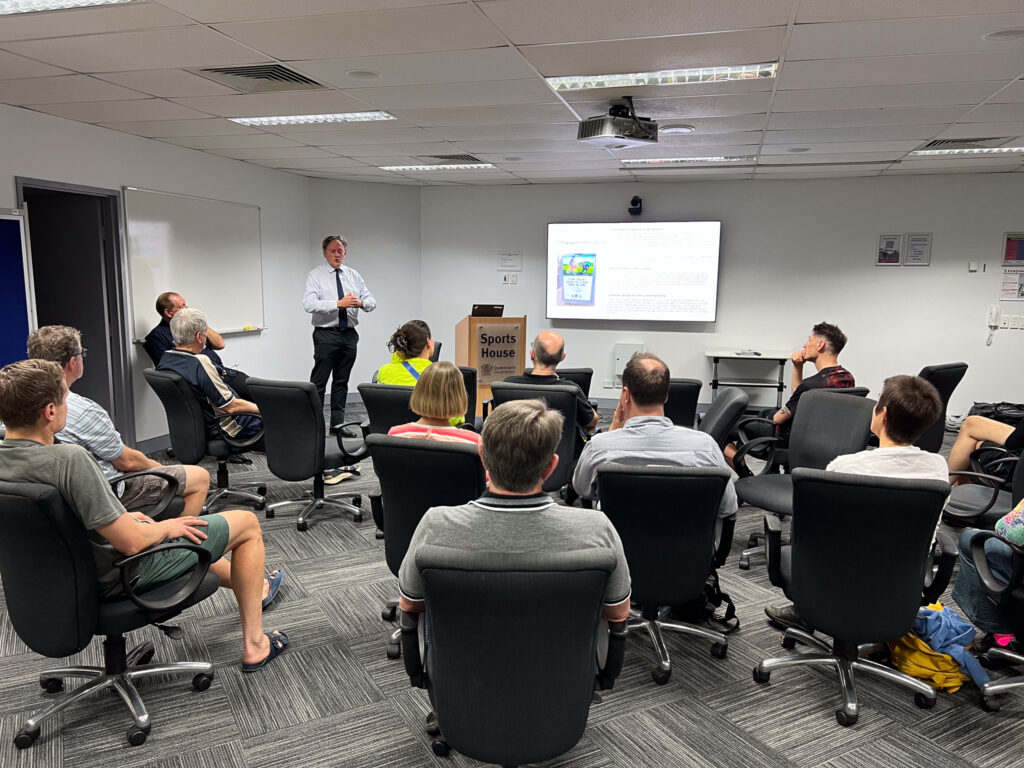
‘Riding in some parts of Brisbane is pretty dicey. There are so many opportunities to make riding safer for every day bike riders. I’m more open to taking a few more risks to get around by bike. But other people I know have been put off from riding because the risk is too high. So it’s always great to see the advocacy initiatives from BQ around creating better networks for bike riding.’
As we finish up talking to Matt, we asked what he thought anyone thinking about BQ membership should consider, based on his experiences so far.
‘The big thing for me is the insurance, but I found attending any BQ public meetings was also a great way to see there are other people like me who want the same change. I’d also encourage people to check out the BQ website, with incredible resources including places to ride all over Queensland.’
Head to our Membership page to find out more about becoming a BQ Member.
